3 Secret Golf Stats for a Lower Handicap Fast
Are You Focusing Too Much on Golf Stats That Don’t Matter? Track These 3 Secret Stats and Lower Your Handicap Fast.
What golfer doesn’t love golf stats?
It’s one of the best aspects of the game. Like most golfers, I love the concrete certainty of numbers. The score is right there on the scorecard, clear and simple. It is what it is, I shot what I shot, and when I want to improve my game, the numbers show me where to start.
Assuming I look at the right stats.
See, this is a common problem among amateur golfers. They love golf stats, but they don’t always use them correctly to further their golf game. They might have an inaccurate idea of what numbers are actually good for an amateur golfer. Or they get wrapped up in statistics that don’t tell the whole story about their game.
If you want to reduce your handicap fast, you need to identify your specific weaknesses. I’m going to share three secret golf stats that will reveal these problem areas so you can practice more strategically.
I’ll also share some cold, hard numbers that will help you understand where you’re flailing and where you’re doing great.
The Most Important Driving Statistic
Who doesn’t love a good driving stat? We all want to measure our effectiveness in moving the ball toward the hole. It’s no wonder the most commonly discussed golf statistic among amateur golfers is “fairways hit.”
But as we all know, that which is popular is not always correct.
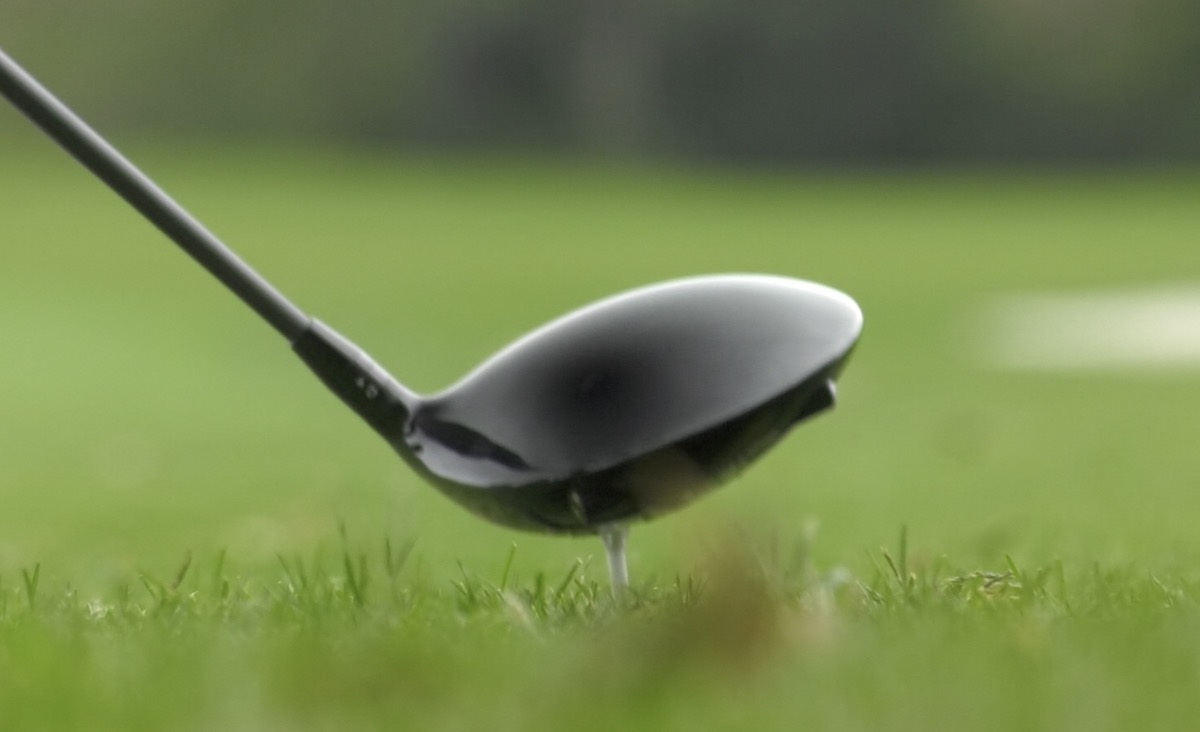
Forget “Fairways Hit”
Believe it or not, “fairways hit” is not all that useful.
When you focus on fairways hit, you focus on the percentage of your shots that are ideal. What matters more is how bad those not-ideal shots are. For example, is your ball landing in a water hazard or in the rough just off the fairway?
This is why I encourage you to forget about “fairways hit” and start calculating drives that are “good enough.”
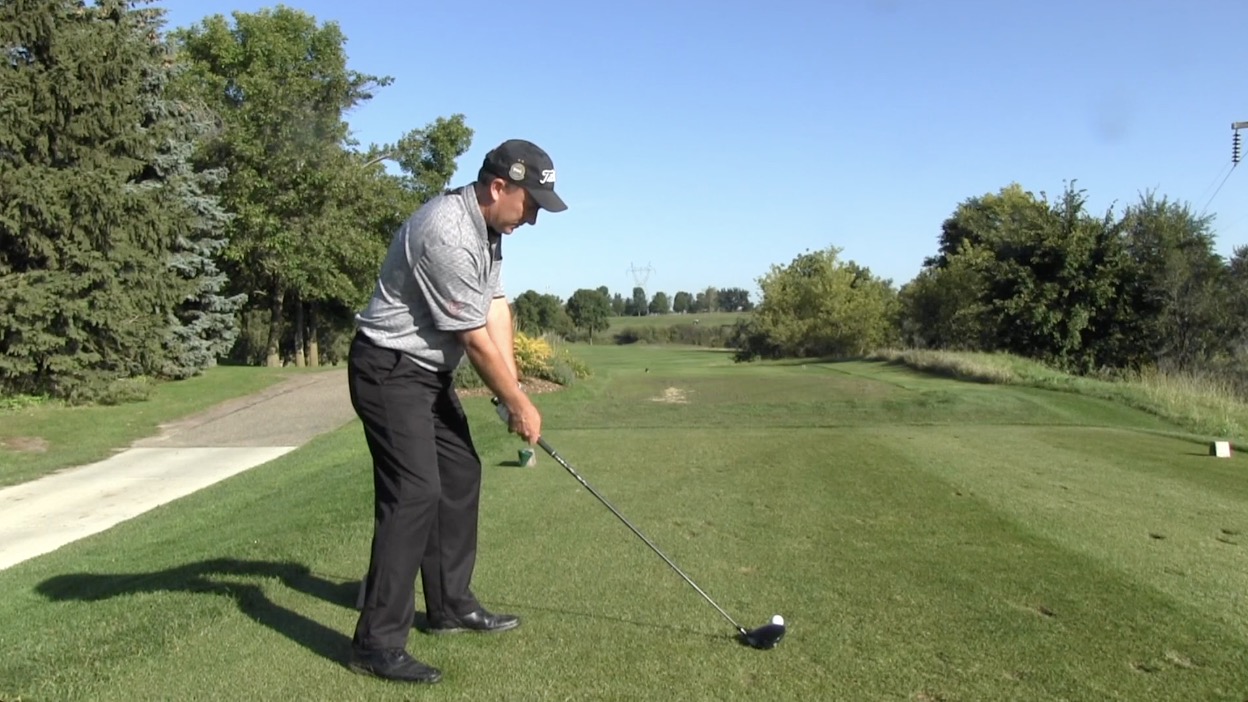
Focus on Drives That are “Good Enough”
In a “good enough” drive, the ball comes to rest in a place where you can advance the ball as needed to continue towards the hole. You’re not in a hazard or out of bounds. The drive was “good enough.”
Here’s why I like to make the distinction between fairways hit and drives that are good enough.
Let’s say Golfer A hits ten fairways. He also hits two drives off the tee and into the water.
Golfer B only hits eight fairways. But the four he missed were only about three or four yards into the rough.
Golfer A has more the better statistic if we’re looking at fairways hit. But who has a better shot at making a birdie on the holes where they missed the fairway?
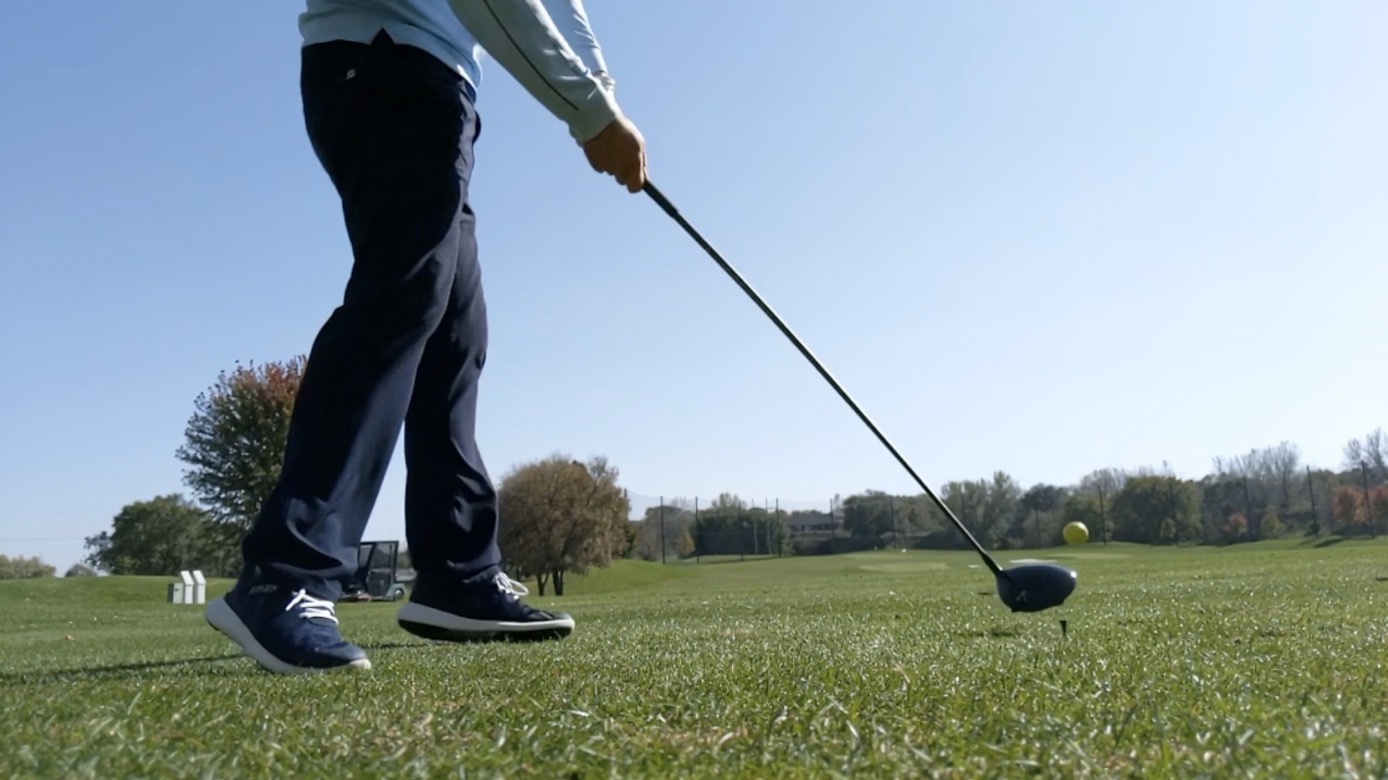
You see, when you only look at fairways hit, you fail to calculate the severity of your misses. And those shortcomings are your clue to finding weaknesses and opportunities for improvement in your game.
If 90% of your drives are good enough, you’re in a great spot. Less than that, and you may want to take a closer look at your drives. Figure out why you can’t hit decent drives consistently. If you’re like a lot of golfers, the problem could be that you’re still struggling with the slice. In that case, you can find some great tips for stopping your driver slice right here.
A More Informative Short Game Stat
Once again, the most commonly used short game stat doesn’t actually tell you much about your game.
You’ve probably been asked this question before:
“How many times did you get up and down?”
And you probably knew the answer.
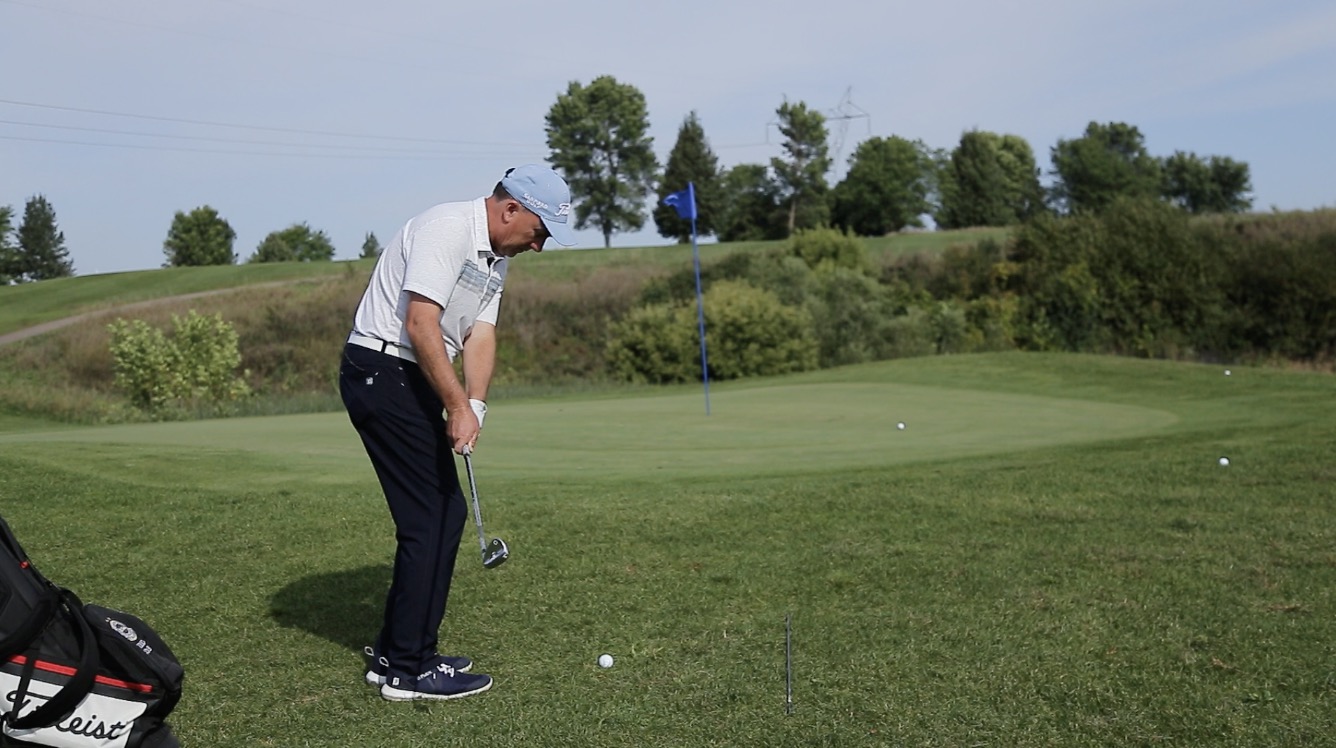
Now, it can be interesting to track that number. It’s also a good feeling to see that number increase over time. But like most common golf stats, this one doesn’t have much function in terms of helping you improve your game and lower your handicap.
Forget “Up and Down”
The number of times you got up and down doesn’t tell you anything about the weaknesses or strength of your short game. It might tell you how good to feel, but it doesn’t communicate much else.
If that number is lower than you want it to be, what’s your next step? Improve your short game? How? What will you focus on? What’s your strategy?
For a clearer plan of action, you need to look at a different golf stat.
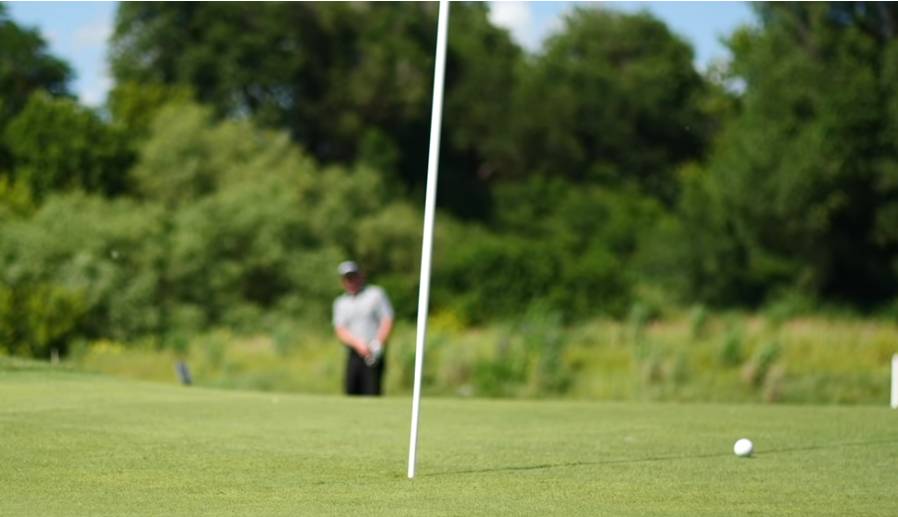
Focus on Average Distance
Instead of only asking, “How many times am I getting up and down?” ask:
“What is my average distance after a missed green in regulation?”
In other words, what is the distance between the ball and the cup when the ball comes to rest after a chip shot.
The gold standard is an average distance of seven feet. If you’re consistently landing chip shots around seven feet from the cup, guess what? Your chipping is great. Which means—if you’re still not getting up and down that much—the problem is in the putting. Now you know what to work on.
The opposite is also true. If your average chip shot lands 10-15 feet from the cup, you need to do some work on your chipping.
Of course, for a lot of golfers, the problem could be a little of Column A and a little of Column B. In which case, you’ll want to take a comprehensive approach to improving your short game and lowering your handicap.
But this statistic will help you pinpoint problem areas and practice more strategically.
The Ball Striking Golf Stats That Matter Most
Ball striking comes down to one simple goal:
Setting ourselves up for par or—if possible—a birdie.
Greens in regulation is a helpful stat for keeping tabs on how frequently you set yourself up for success. But it’s not the only number you should be looking at.
Worry Less About Greens in Regulation
Your average GIR is worth knowing. I’m not going to tell you to ignore it altogether.
But if you’re not hitting GIR consistently, it’s time to look at another statistic. Instead of calculating greens in regulation, ask yourself, “Did I get my PHD today?” This golf stat can reveal where the problem lies.
Focus More on Getting Your “PHD”
“PHD” refers to your “Pin High Degree.”
In a given round, how many of your iron shots got the ball pin high?
Now, it doesn’t have to be exactly pin high. If your iron shots consistently land three or four steps long or short of pin high, you’re doing great. Your ball striking is fairly solid.
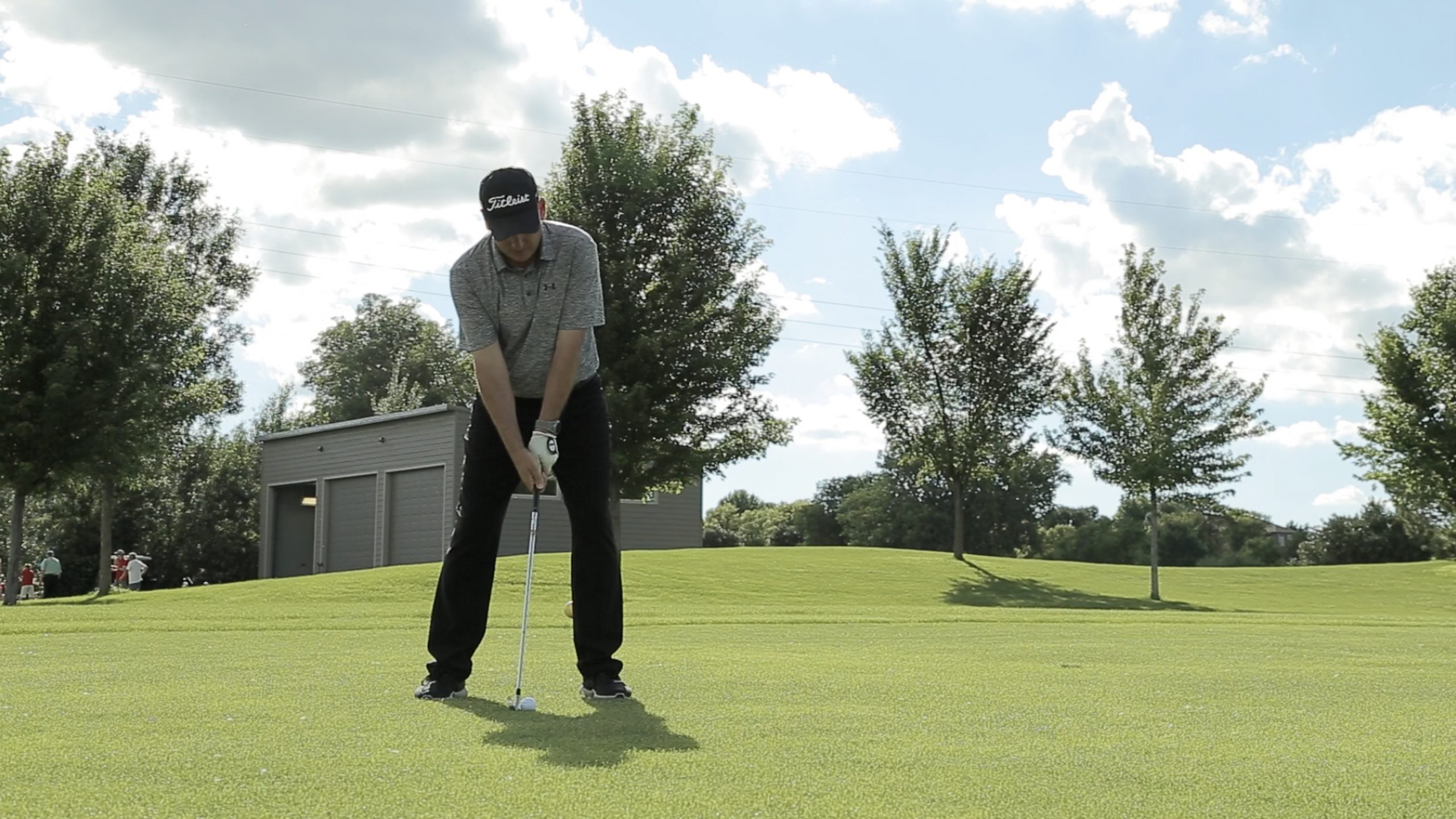
But if you’re missing greens because your iron shots are way long or way short, you’ve got a problem. More specifically, you have a course management issue. You don’t really understand how far you’re hitting the ball.
So tracking GIR is good. Paying attention to your PHD is better, because this is how you determine why you don’t consistently hit greens in regulation.
How to Use Better Golf Stats Going Forward
Here’s a quick recap you can refer back to the next time you hit the golf course. Instead of focusing on the golf stats you’re used to, ask yourself these questions about your next round:
- When you’re at the tee box, get ready to ask: “Was that drive good enough?”
- When you miss a green in regulation, notice: “When that chip shot came to rest, how far was it from the cup? Is the problem my chipping or putting?”
- When you finish a hole, ask: “Did I hit GIR? Was my iron shot pin high?”
If you’re ready for a deeper dive into golf stats, I highly recommend the book Every Shot Counts by Mark Broadie. Click here to learn more about the book and the game-changing stat, Strokes Gained.
And if you want a handy strokes gained calculator, check out this article from Golf Reporter.
In the meantime, please let us know if this article helped you. Jump into the comments below to share your questions, opinions, and any tips you have for using golf stats to lower your handicap. We love hearing from you, and we love talking golf!
For more in-depth golf tips, visit us at GreatGolfTipsNow.com. This new video series is completely free and packed with detailed advice to help you play better golf!


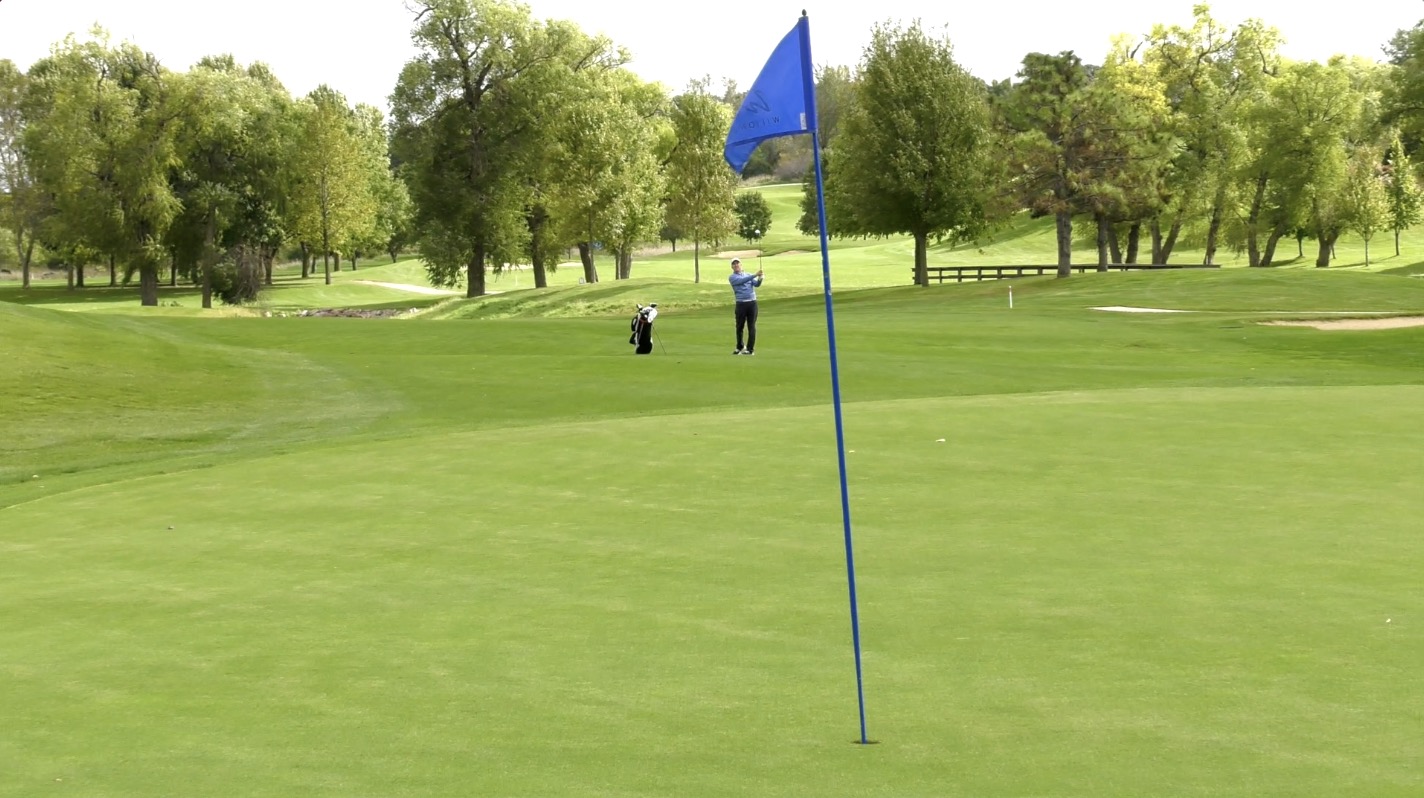
Great article. All so true. I’ve been using shot by shot by Peter Sanders.
Great way to see where you are losing strokes.
Thanks for the comment Dennis! Are there any stats you like to personally track?